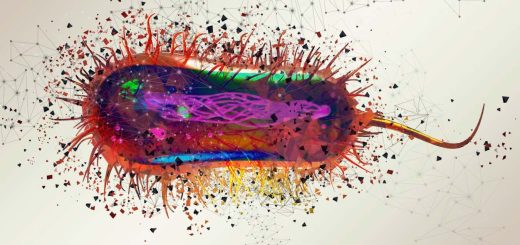We are unlocking how frozen microbes stay alive for 100,000 years
Microbes found buried deep in Siberian permafrost may be able to survive over extremely long timescales using protein repair genes
By James Dinneen
25 August 2025
Some Archaea microorganisms can survive in extreme conditions
STEVE GSCHMEISSNER/SCIENCE PHOTO LIBRARY
Microbes isolated from Siberian permafrost appear to have remained alive for more than 100,000 years, based on an analysis of their DNA. Their genetic overlap with other species suggests such astonishingly long lifespans may be widespread among the closest living relatives of all organisms with complex cells.
Read more
Permafrost mummies are unlocking the secrets of prehistory
Other microbes have been isolated from extremely ancient marine sediments – some more than 100 million years old – but it remains unclear whether individual organisms can survive over those stretches of time. “I can’t run an experiment that long,” says Karen Lloyd at the University of Southern California. “[Time] is the weirdest variable to work with.”
Lloyd and her colleagues wanted to look for microbes in places they knew had not changed for very long periods of time, reasoning anything still living there must be as old as the surrounding environment. That search took them to the Chukchi peninsula at the easternmost edge of Siberia, where they drilled a 22-metre-long core of permafrost.
This let the researchers sample DNA from a layer of marine sediment that froze sometime between 100,000 and 120,000 years ago. The sediment contained pores of liquid water where microbes might have been trapped, with no nutrients or organisms able to move in or out. “Being frozen means there are these ice structures around them,” says Lloyd.
The next question was how to distinguish between living and dead cells. To do so, the researchers sequenced millions of DNA fragments from the permafrost, using them to reconstruct the genomes of all the different microbial species present. They then added an enzyme to the mix that would repair degraded DNA and repeated the reconstruction process.


